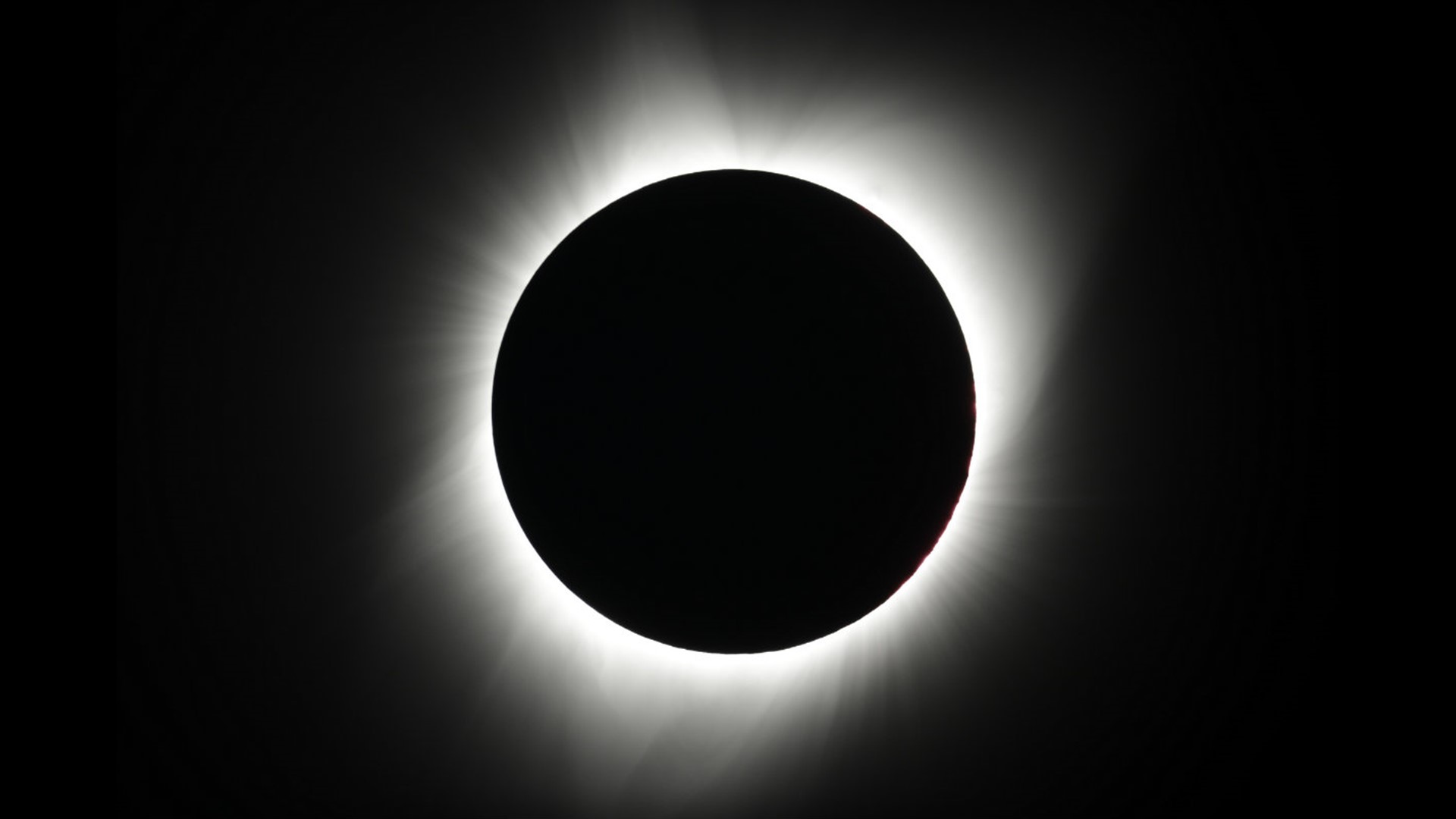MARION COUNTY, OHIO, Ohio — A total solar eclipse is a natural phenomenon, but planning for one isn’t.
On April 8, 2024, the skies over central and northern Ohio will go dark as the moon passes over the sun. Although the eclipse is five months away, it’s taken years of planning between agencies across the state to ensure spectators – local, national, and international – can view it safely.
“It means coordinating not just with our own county level of government, but also the state,” said Marion County Emergency Management Agency Director Sarah McNamee. “They’re coordinating all 88 counties, and 33 of us are in the path of totality. It’s a lot.”
Just 50 miles north of Columbus, Marion County is in the path of totality and spectators will be able to view the eclipse for over three minutes. McNamee’s team started planning for those three minutes almost three years ago.
“It takes a lot of work and a lot of effort to make things happen in a way that seems seamless,” she said.
That preparation includes making sure there are enough public safety workers in the county and knowing where they’ll be stationed on eclipse day, ordering additional signage for the roads and bridges to mitigate accidents during increased traffic and planning for disruptions to daily life for school children and workers.
“If we do our jobs right, that means all of the planning pieces that have taken place should make it a seamless experience for visitors and all the people who live here,” McNamee said.
McNamee and her team have good reason to prepare. Marion is one of the larger cities on the mostly rural path of totality and will offer visitors goods, services and accommodations that other central Ohio towns may not have. The county itself has a daily population of a little over 65,000. McNamee estimates an influx of visitors will fill its highways with triple the population in the days leading up to the eclipse.
“Any time you have a large number of people in the area, you have cars that are disabled on the side of the road or minor accidents. Anything can tie up or cause additional traffic concerns,” McNamee said.
The Ohio State University has played a major role in eclipse planning, too. Wayne Schlingman is the planetarium director at Ohio State and said the university began preparing for the event four years ago by creating a statewide planning coalition. Together, they’ve prepared for all scenarios.
“This includes educational partners, as well as people who plan for lodging, and traffic, and safety and all the other things that if we have an excellent time, we’re not going to see anything go wrong,” Schlingman said.
It’s too early to tell how many spectators will travel to Ohio to see the full show, but a solar eclipse that passed over the United States in 2017 drew 21 million people into the path of totality. Schlingman witnessed that eclipse in Montana and advised those who want to watch it to travel to their location early and come prepared with plenty of water, food and gas.
“Plan ahead to get there because you’re probably not going to get there the way you think,” Schlingman said.

